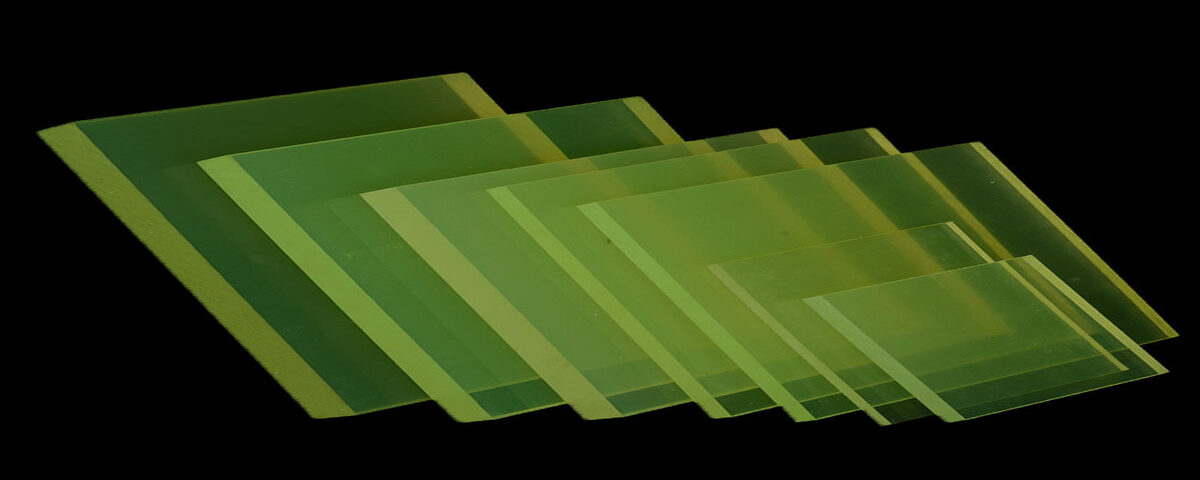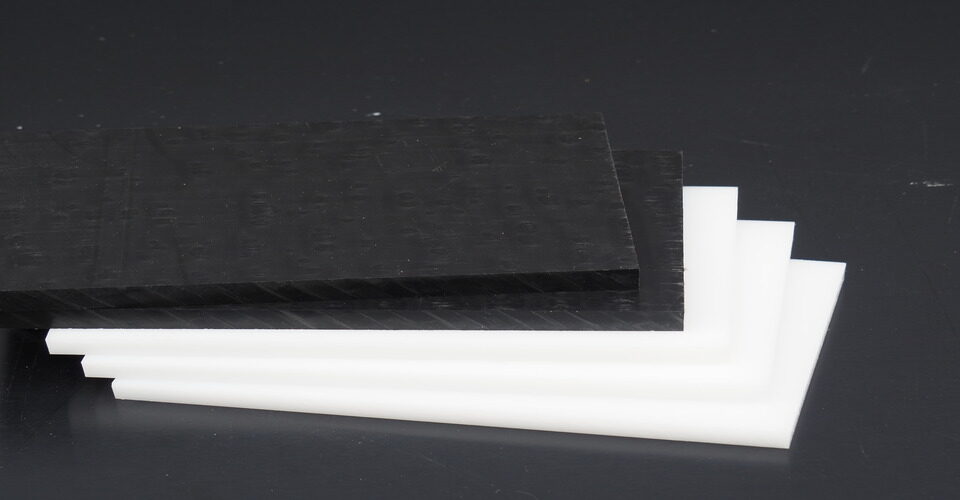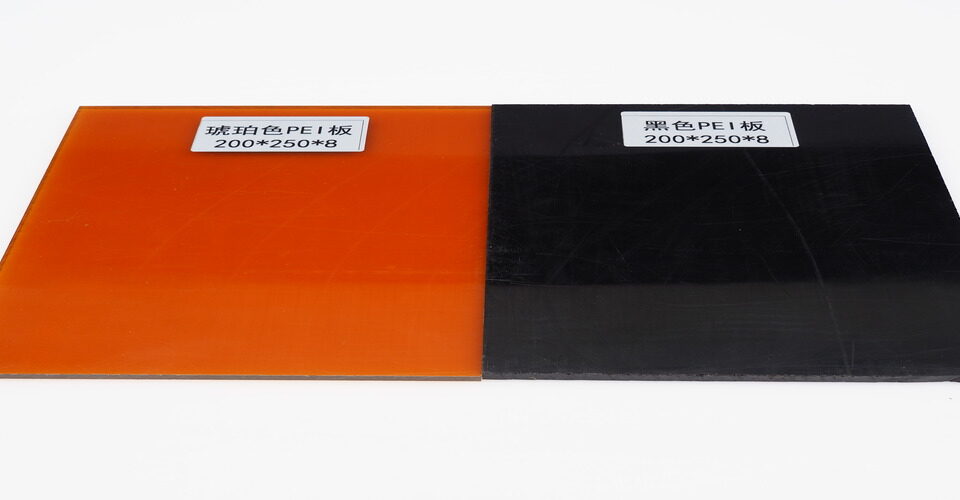
Is PVC Plastic Water Resistant?
November 12, 2024
Which is Better, PP or PVC?
November 12, 2024Polyurethane (PU) plastic is a versatile material widely used in various industries for its unique properties. From furniture and footwear to automotive and electronics, PU plastic plays a significant role in many consumer goods. But is it a good material? Let’s explore its advantages and potential drawbacks.
Advantages of PU Plastic
PU plastic is known for its flexibility, durability, and resilience. It is often used to make products that require strength and flexibility, such as cushions, shoes, and synthetic leather. One of its major benefits is its ability to mimic natural materials like leather while being more cost-effective and easier to maintain. PU plastic is also resistant to abrasion, oils, and greases, making it suitable for a wide range of applications.
In addition to being versatile, PU plastic is lightweight, which makes it an attractive material for manufacturers looking to reduce the weight of products, such as car parts and packaging. It is also relatively easy to mold, allowing manufacturers to create complex shapes and designs.

Environmental Considerations
While PU plastic offers several benefits, there are environmental concerns associated with its production and disposal. Like many plastics, PU can take a long time to break down in landfills. Additionally, the manufacturing process of polyurethane can release harmful chemicals if not properly managed.
Conclusion
Overall, PU plastic is a good material for many applications due to its flexibility, durability, and versatility. However, like any synthetic material, it has its environmental impacts, and it is important for manufacturers and consumers alike to consider its sustainability and disposal options.






